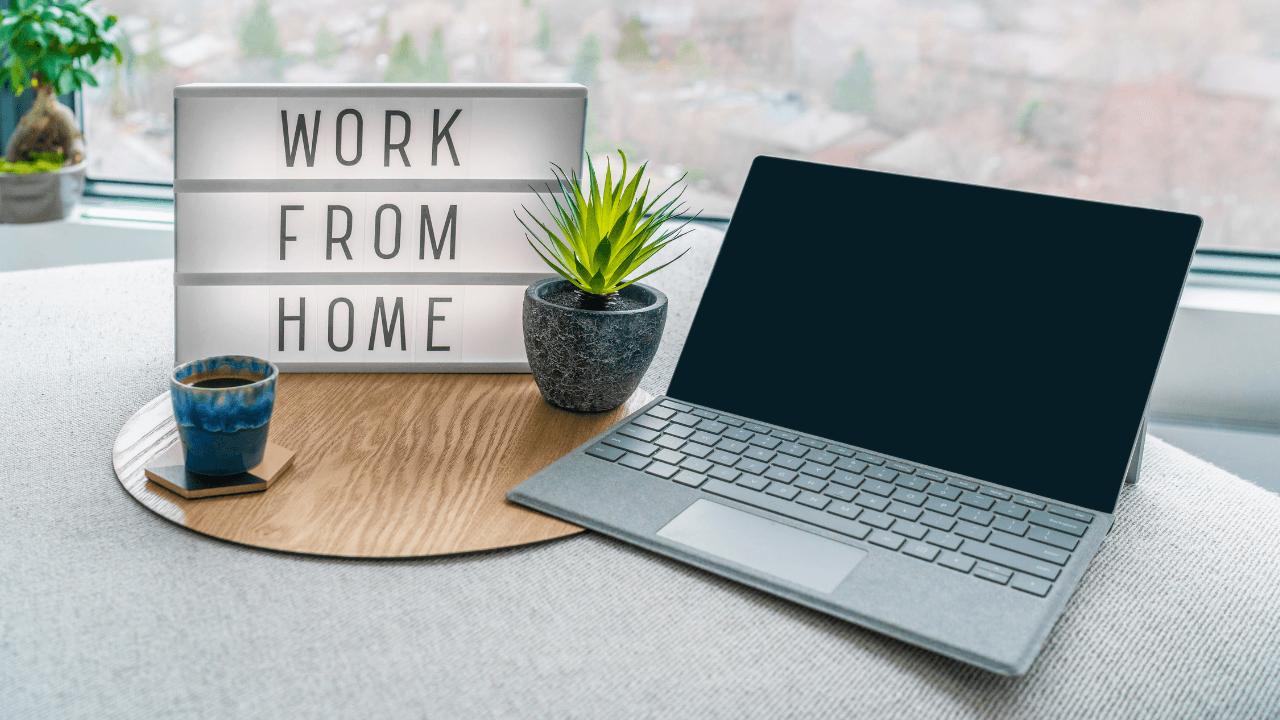
In response to the COVID-19 pandemic, employees across America are now adapting to a new way of doing business: from home.
Stanford economist Nicholas Bloom estimates that 42% of the U.S. labor force is now working from home full time — a number thought impossible before 2020.
While the coronavirus crisis won’t last forever, many believe the work-from-home economy may be here to stay. So what does that mean for business owners?
Allowing employees to work remotely has helped organizations in many industries avoid shutting down during the current COVID-19 pandemic. But while many companies have worked to ensure their employees have the technology to work remotely, there’s one important factor that business owners often overlook: ergonomics.
WHAT IS ERGONOMICS?
According to the Occupational Safety and Health Administration (OSHA), ergonomics is the process of fitting a job to a person. Good office ergonomics will likely result in the following benefits to employees:
- Less muscle fatigue
- Increased productivity
- Reduction in the number and severity of work-related injuries
As more employees transition from the cubicle to the kitchen table, workplace ergonomics can be easily overlooked. Why does that matter for managers?
Work-related musculoskeletal disorders (MSDs) are among the most frequently reported causes of lost or restricted work time. To help you – and your employees – work safely and efficiently from home, here’s our list of some common ergonomic mistakes and how to correct them.
5 WORK-FROM-HOME ERGONOMIC MISTAKES
1. Long-term laptop use
- Problem: Laptop computers and tablets allow us to take our work almost anywhere — from the couch to the coffee shop. But while their portable design is great for working on the go, laptops are not an ideal ergonomic solution for all-day use. That’s because a laptop’s compact size often forces you to work in a cramped, hunched-over body position that can cause fatigue and discomfort over time.
- Solution:. An external monitor or laptop stand can raise your screen to eye level, which promotes a more upright posture. And adding an external mouse and keyboard can help keep your elbows and wrists in a more natural and neutral position.
2. Working from the couch
- Problem: The living room sofa is a great place to kick back and relax at the end of a long day. But working from the couch can put your body in awkward positions that may cause discomfort, pain and numbness over time.
- Solution: Work from a suitable desk or table and an adjustable chair. Choose a chair that offers adjustable seat height, armrests, backrest and lumbar support. The right chair should support the curve of your spine as you sit up straight while allowing your elbows to rest at a 90-degree angle that’s level with the surface of your desk or table.
3. Poor posture
- Problem: Hunching over a computer at the kitchen table for hours on end can lead to pain in your back and neck.
- Solution: Take a few minutes to ensure your workstation is optimized for proper posture, allowing you to comfortably sit straight up with your shoulders back. Consider these items from The Centers for Disease Control and Prevention’s (CDC) computer workstation checklist:
o Thighs should be horizontal when seated.
o Lower legs should be vertical.
o Feet should rest flat on the ground (If your feet dangle, use a footrest).
o Wrists should rest straight on the desk or table.
4. Bad lighting
- Problem: Because office buildings are purpose-built for working, lots of thought goes into designing appropriate lighting systems. But chances are, that same attention of detail didn’t go into the lights above your basement or spare bedroom. Too little — or even too much — light can lead to headaches, fatigue, blurred vision or eye irritation.
- Solution: Ensure your workspace has the right amount of lighting. Lighting should be bright enough to illuminate your workspace, but not so bright that it makes your computer screen hard to read. Position your computer to avoid screen glare caused by lights and windows. Use a smaller task light for reading at your desk.
5. Too much screen time
- Problem: Prolonged screen time may lead to eye strain — which can make your eyes feel tired and achy.
- Solution: Position your computer monitor about an arm’s length away from your eyes. Adjust the brightness and contrast so it’s not significantly brighter than your surroundings. The American Academy of Ophthalmology also recommends following the “20-20-20” rule. That means giving your eyes a break every 20 minutes by shifting your eyes to look at an object at least 20 feet away, for at least 20 seconds.
This article originally published on the Eriesense blog.

